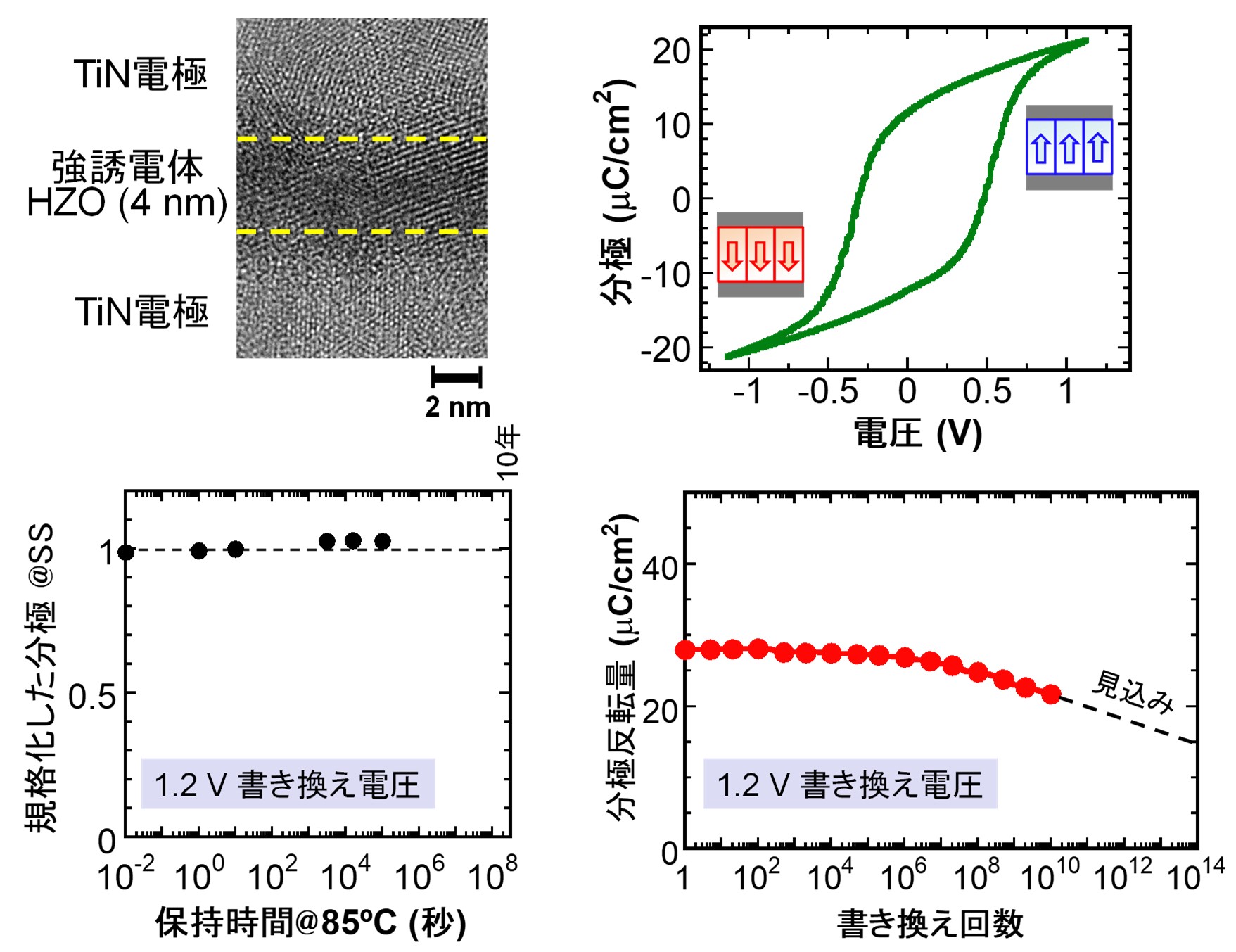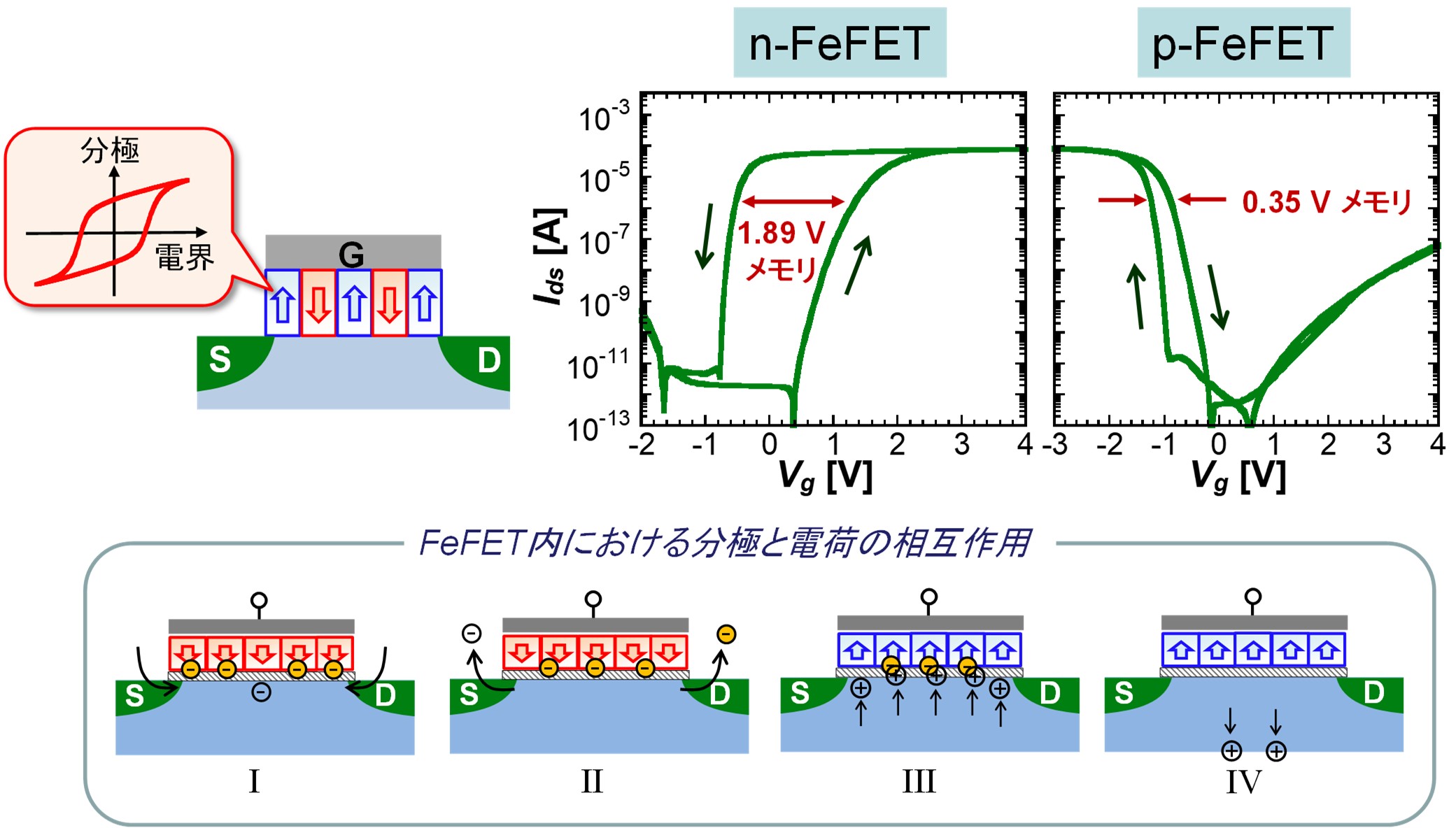
TOPRASERTPONG KASIDIT Associate Professor
Hongo Campus
Nano Physics & Device Technology
Nanomaterials engineering
Applied materials
Thin film/Surface and interfacial physical properties
Electronic materials/Electric materials
Electron device/Electronic equipment
Advanced electronic devices using semiconductors and functional materials
Our research focuses on the development of functional electronic devices based on semiconductor and ferroelectric materials. We explore various research areas such as material engineering, device physics, and new-concept computing by leveraging the unique properties of these materials and devices.
Research field 1
Ferroelectric materials and nonvolatile memory

Ferroelectric memory (FeRAM) is a nonvolatile memory that operates with low energy consumption and high read/write endurance. It has been commercialized for many applications such as train IC cards and electric meters. Our research group is focusing on ultra-thin ferroelectric HZO for next-generation FeRAM. We are working on scaling down the film thickness and improving the fabrication process to realize FeRAM with a low operating voltage of around 1 V. We are also studying the crystal structure and the chemistry behavior to improve the retention and endurance required for highly-reliable memory.
Research field 2
Ferroelectric transistor

A “ferroelectric FET” is a MOSFET with a ferroelectric thin film inserted as a gate insulator. The threshold voltage of a ferroelectric FET can be programmed to be negative (or positive) when the spontaneous polarization is set to the UP state (or DOWN state), which can be maintained for more than 10 years without a power source. We can say this device is a “MOSFET with a non-volatile memory function”, one of fascinating functional electron devices. However, the device physics in a ferroelectric FET including a complex interaction among polarizations, electrons, holes, and trapped charges is still unclear and needs further understanding. We are working on clarifying the operation mechanism to improve the device performance and utilize its unique properties for new computing technologies.
Research field 3
AI computing with device physics in electronic devices

AI computing, typically performed by software, can be performed with higher speed and lower power consumption by using computing-in-memory based on functional electronic devices. Non-linear characteristics of electronic devices, such as ferroelectric polarization, can be utilized in “reservoir computing” to perform real-time processing of time-series data such as speech recognition and healthcare anomaly recognition. We are also working on novel approaches for effective multiply-accumulate operations in “deep learning” by using the non-volatile memory devices.